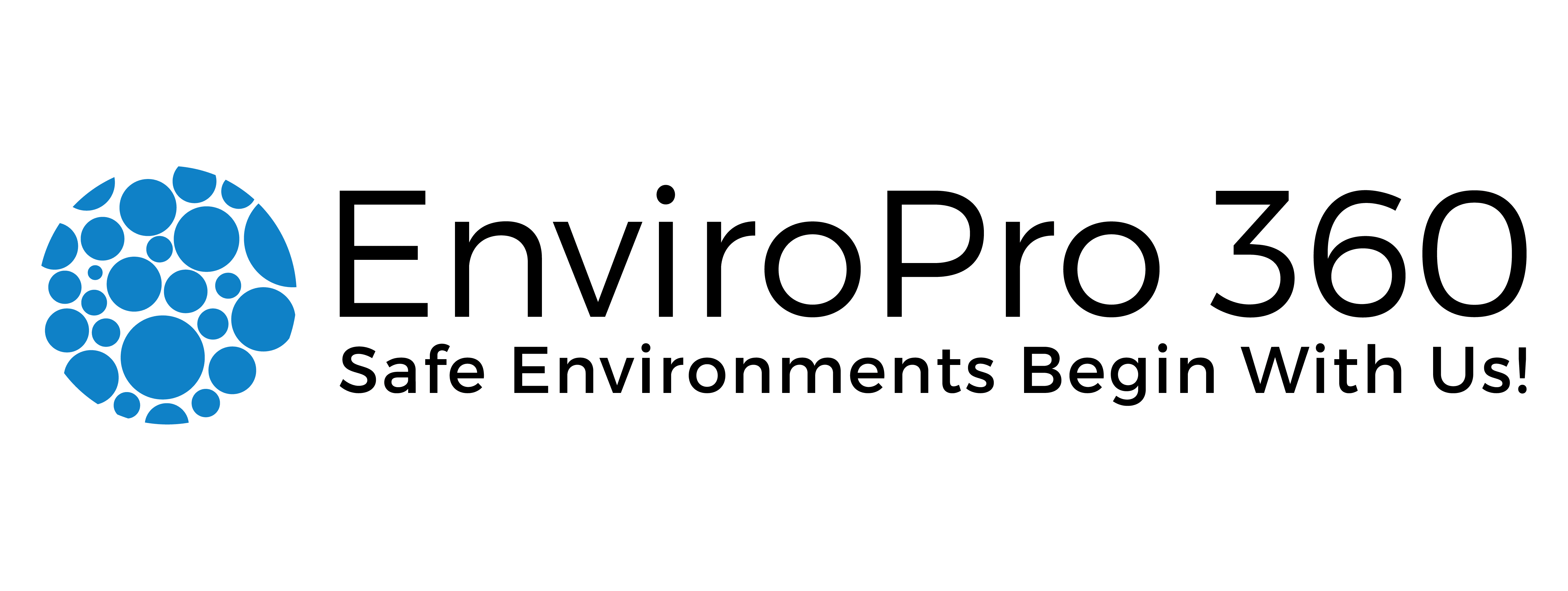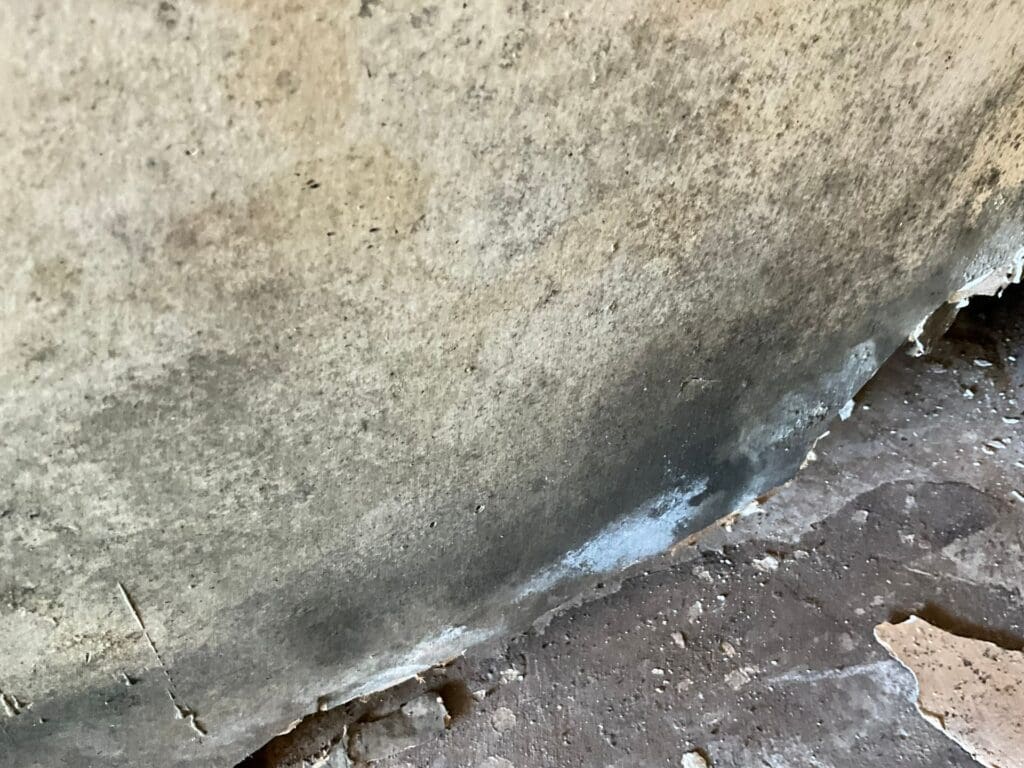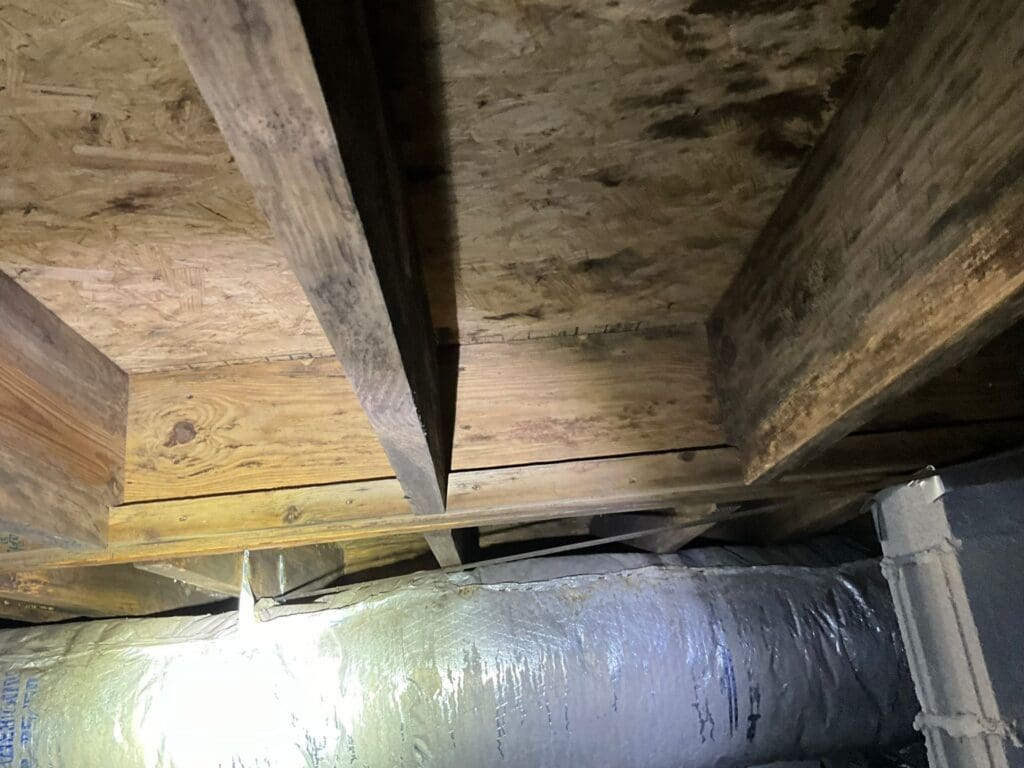ld dust, air conditioning systems, and damp walls. The most concerning type, black mold, develops in areas with prolonged water damage and poses significant health risks due to its toxic nature.
Exposure to these molds can trigger various allergic reactions, including sneezing, itchy eyes, and respiratory issues. Black mold, in particular, is notorious for causing severe health problems, especially in individuals with compromised immune systems. Each mold type tends to favor specific environments. For instance, Cladosporium is common in basements and fabrics, Aspergillus in dusty or poorly ventilated areas, and black mold in water-damaged spaces like bathrooms and basements. Understanding these distinctions is key to effective prevention and remediation.
How to Prevent Mold in Your Home
Preventing mold requires proactive measures to control moisture and improve indoor air quality. Start by managing humidity levels, as mold thrives in humid environments. Keep indoor humidity below 50% by using dehumidifiers and air conditioners, especially during Aiken’s humid months. Proper ventilation is also essential. Ensure adequate airflow in high-moisture areas like bathrooms, kitchens, and laundry rooms. Opening windows or using exhaust fans during activities like showering or cooking can significantly reduce moisture buildup.
Addressing leaks and water damage promptly is crucial. Repair any leaks in roofs, pipes, or windows as soon as they occur. In cases of water exposure, clean and dry affected areas within 24-48 hours to prevent mold from taking hold. Regular cleaning and maintenance of high-moisture areas, such as bathrooms and basements, can also deter mold growth. Consider using mold-resistant products for paint and insulation to provide an additional layer of protection.
For areas prone to moisture, like basements and crawl spaces, implement preventive measures such as waterproofing and using vapor barriers. Store items in plastic containers rather than cardboard to prevent moisture absorption. By taking these steps, homeowners can create an environment that is less conducive to mold growth and maintain a healthier living space.
Contact Enviropro 360 for Mold Inspection
Mold can be challenging to tackle on your own, especially when it spreads to hidden or hard-to-reach areas. For homeowners in Aiken, SC, and the surrounding areas, Enviropro 360 offers expert mold inspection services. Our team of certified professionals uses advanced techniques to identify mold problems and provide detailed reports on the type and extent of the infestation. While we do not offer remediation services, our thorough inspections ensure homeowners have the information they need to address the issue effectively. Contact Enviropro 360 today for a reliable mold inspection and take the first step toward a safer, healthier home.


